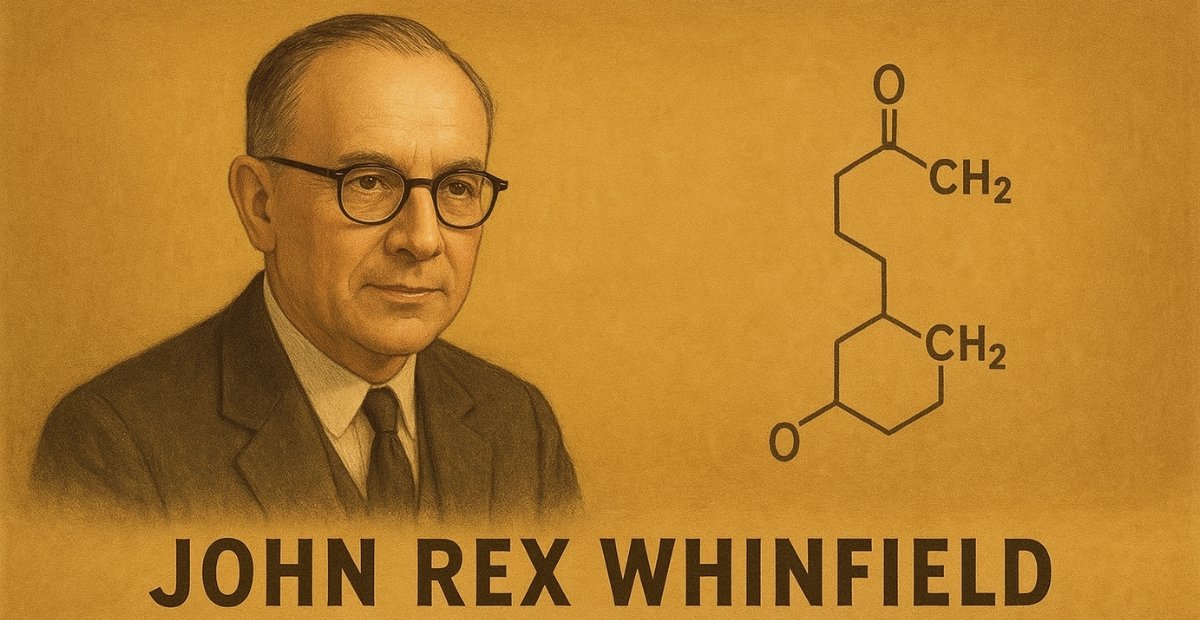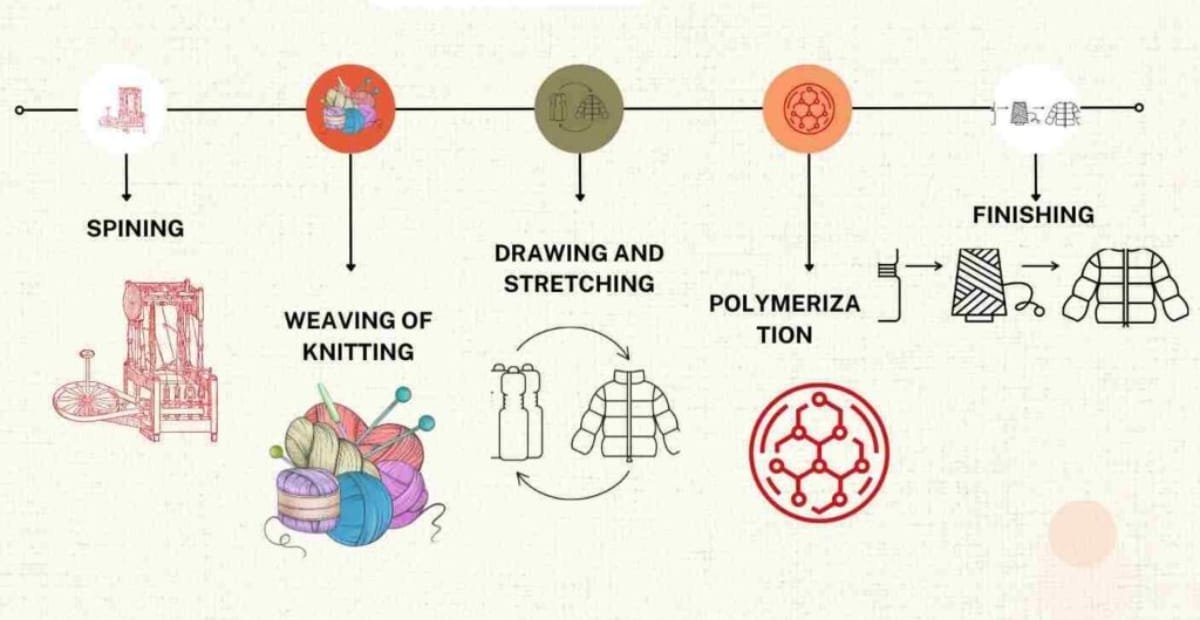John Rex Whinfield may not be a household name, but his invention of polyester changed the world. Alongside James Tennant Dickson, he developed polyethylene terephthalate (PET)—the base for modern Polyester Fabric
Indeed, from sportswear to soda bottles, polyester is now everywhere. This blog will explore Whinfield’s role in creating one of the most widely used materials of the 20th and 21st centuries.
Who Was John Rex Whinfield?
- Full Name: John Rex Whinfield
- Profession: British Chemist
- Known For: Co-inventing PET, the polymer used in polyester fabric
- Workplace: Calico Printers’ Association (CPA), Manchester, England
- Year of Invention: 1941
The Invention of Polyester
During the year 1941, two researchers, John Rex Whinfield and James Tennant Dickson, were engaged in their work at the Calico Printers’ Association. It was during this period of employment and collaboration that Whinfield and Dickson achieved a significant scientific breakthrough. Specifically, these two researchers together successfully developed a novel polymer material. This innovative material, created by Whinfield and Dickson through their research efforts, is scientifically known and referred to as polyethylene terephthalate. More commonly, however, this material is widely recognized and abbreviated by the acronym PET.
What Is PET?
Polyethylene terephthalate, commonly known as PET, is a man-made polymer. This synthetic material is the product of a chemical reaction, specifically a polymerization process, involving two key ingredients: ethylene glycol and terephthalic acid. These two compounds react to form the long chains that characterize PET. One of the notable properties of PET is its thermoplastic nature, meaning that it softens when heated and hardens when cooled. This characteristic allows it to be processed in various ways, including melting it into a liquid state. Molten PET can then be shaped into a wide array of forms. Furthermore, it can be spun into thin, continuous strands, creating fibers.
This ability to form fibers makes PET particularly well-suited for use in the textile industry, where it is a popular choice for clothing, fabrics, and other textile products.
Why Was This Invention Important?
At the time of its discovery, polyester offered something revolutionary:
- Stronger than natural fibers
- Resistant to shrinking and wrinkling
- Quick-drying and low-maintenance
- Ideal for mass production
Though invented during World War II, polyester wasn’t commercialized until the 1950s. The technology was acquired and improved by companies like ICI (Imperial Chemical Industries) in the UK and DuPont in the United States.
Rise of Polyester in the Textile World
Polyester fabric—based on Whinfield’s PET—quickly became popular in:
- Clothing (dresses, shirts, suits, uniforms)
- Home textiles (curtains, bedsheets, cushions)
- Industrial uses (ropes, filters, tire cords)
By the 1970s, it was a dominant fiber in fashion. Though it later faced criticism for being uncomfortable, newer versions, including blended and recycled polyester, brought it back in style.
Legacy and Modern Relevance
Today, polyester remains one of the most used fibers in the world. PET is also the plastic used in bottled beverages, food containers, and recycled fabrics (rPET).
Whinfield’s invention continues to:
- Power the fast fashion industry
- Enable eco-friendly innovations (like recycled polyester)
- Serve across multiple industries—from fashion to packaging
Even though Whinfield didn’t achieve global fame like some inventors, his work laid the foundation for much of the synthetic world we live in today.
Conclusion
His pioneering work in the development of PET played a significant role in shaping the trajectory of both the textile and packaging industries, leaving an indelible mark on these sectors. The creation of PET was a pivotal moment, leading to advancements that continue to influence these fields today. Polyester, a material directly derived from his groundbreaking invention, has endured as a powerful symbol of modern innovation. It represents a fusion of key characteristics, seamlessly blending practical functionality with exceptional durability, qualities that have made it a staple in various applications.
Furthermore, in more recent times, polyester has also come to be associated with the growing importance of sustainability, reflecting ongoing efforts to enhance its environmental profile and contribute to a more eco-conscious future. This evolution underscores the enduring relevance and adaptability of his initial breakthrough.
From everyday clothing to high-tech applications, Whinfield’s work continues to touch lives across the globe.
FAQS
Is Whinfield widely known today?
While not as famous as other inventors, his impact is huge. His invention shaped modern materials and industries worldwide.
Who worked with Whinfield on the invention?
He worked with James Tennant Dickson at the Calico Printers’ Association in England.
What is PET used for today?
Textiles (polyester), plastic packaging, bottles, and recycled materials (rPET) use PET.



